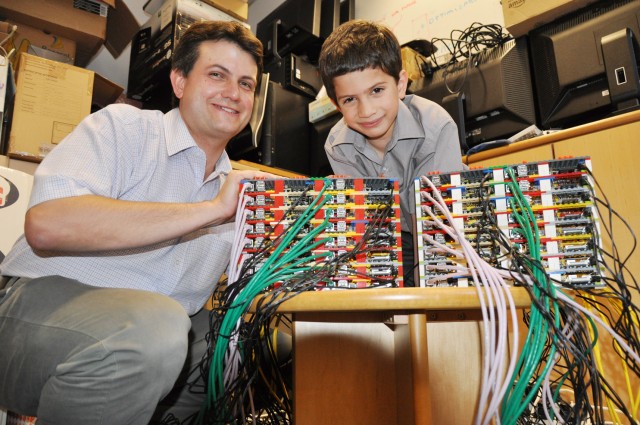Child-play: Build a “supercomputer” out of lego and raspberry PI!
University builds cheap supercomputer with Raspberry Pi and Legos
University of Southampton team, 6-year old Lego specialist build an HPC for $4k

Inspired by the low-cost computing power of the Raspberry Pi, a team at the University of Southampton has used the ARM-based Linux computer-on-a-board as a building block for a low-cost supercomputer—racked and stacked using Lego blocks. And they’ve published a step-by-step guide for anyone interested in creating their own Raspberry Pi high-performance computing “bramble."
Led by Professor Simon Cox, with Lego expertise lent by Cox’s 6-year old son James (who spent the summer learning to program on the Raspberry Pi using Python and MIT’s Scratch), the team used 64 Raspberry Pi computers, each equipped with a 16-gigabyte SD card to construct a functioning computing cluster for under £2,500 (a bit over $4,000)—not including the Ethernet switches used to connect the nodes.

“As soon as we were able to source sufficient Raspberry Pi computers,” Professor Cox said, “we wanted to see if it was possible to link them together into a supercomputer. We installed and built all of the necessary software on the Pi starting from a standard Debian Wheezy system image and we have published a guide so you can build your own supercomputer.”
The software for “Iridis-Pi”—named after Southampton’s Iridis supercomputer—uses a free implementation of the Message Passing Interface and code written in Python to distribute parallel computing tasks. The first test run on the cluster: calculating the value of Pi.

